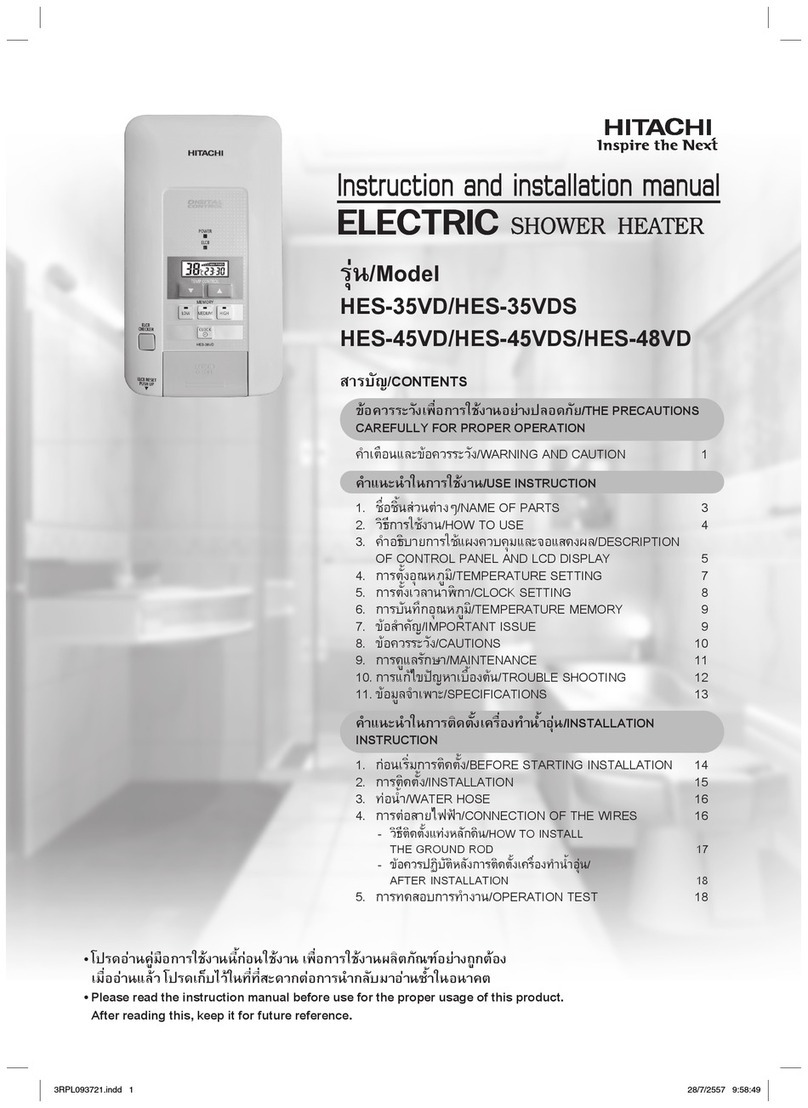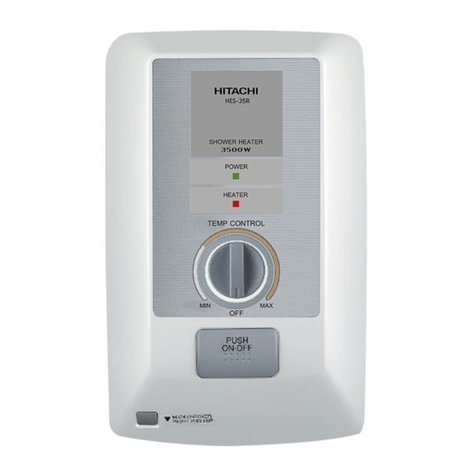
General Index
SMGB0135 rev.0 - 03/2020
IV
3.5 Anti Legionella function .........................................................................................................................21
3.6 Boost function........................................................................................................................................22
3.7 Emergency function...............................................................................................................................23
3.8 Night Shift Function...............................................................................................................................24
3.9 Circuit Pump - DHW Recirculation function...........................................................................................25
3.10 Timers function......................................................................................................................................26
3.10.1 Setting of Simple timer ................................................................................................................................ 26
3.10.2 Setting of Schedule timer ............................................................................................................................ 26
3.11 Central Operation functions...................................................................................................................27
3.12 Smart function .......................................................................................................................................28
3.12.1 SG Ready Function..................................................................................................................................... 29
3.13 Energy conguration function................................................................................................................30
3.14 Pump down procedure function.............................................................................................................31
3.15 Quick action function.............................................................................................................................32
3.16 Inputs and outputs.................................................................................................................................32
3.16.1 Inputs........................................................................................................................................................... 32
3.16.2 Outputs........................................................................................................................................................ 32
3.17 Operation information............................................................................................................................33
3.18 Controller Settings.................................................................................................................................33
3.19 About ....................................................................................................................................................34
4. Electrical checks of main parts .............................................................................. 35
4.1 Outdoor unit...........................................................................................................................................36
4.1.1 Power circuit.................................................................................................................................................. 36
4.1.2 Power circuit (low voltage) ............................................................................................................................ 38
4.1.3 PCB for power circuit..................................................................................................................................... 39
4.1.4 Reversing valve control circuit....................................................................................................................... 39
4.1.5 Temperature detection circuit ........................................................................................................................ 40
4.1.6 Electric expansion valve circuit ..................................................................................................................... 41
4.1.7 DC fan motor control circuit........................................................................................................................... 42
4.1.8 Fan motor ..................................................................................................................................................... 43
4.1.9 Reactor.......................................................................................................................................................... 43
4.1.10 Compressor motor....................................................................................................................................... 44
4.1.11 Thermistor for outside air temperature (Ta) ................................................................................................. 45
4.1.12 Thermistor for overheat temperature (Td) ................................................................................................... 46
4.1.13 Thermistor for defrost (HEX) temperature (Te)............................................................................................ 47
4.2 Indoor unit .............................................................................................................................................48






























